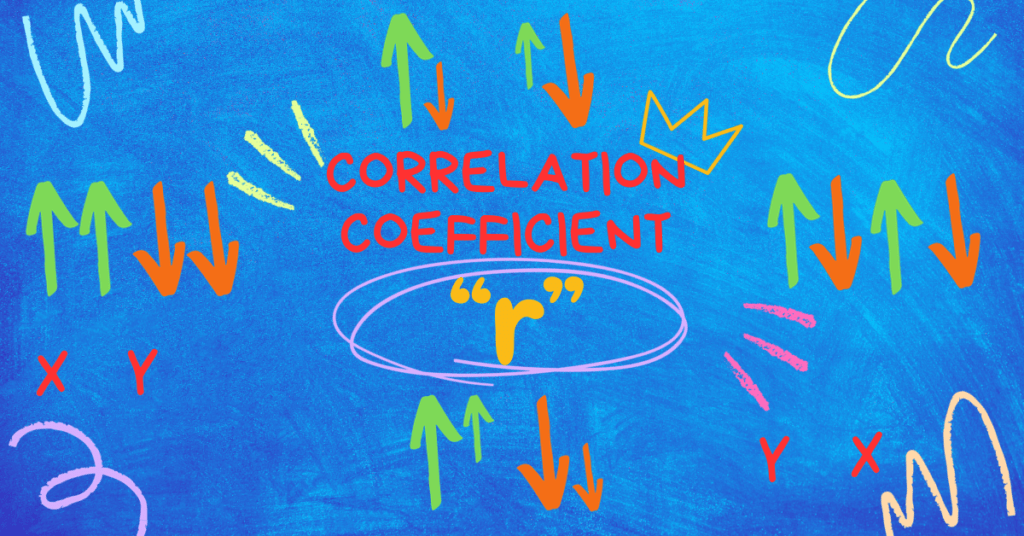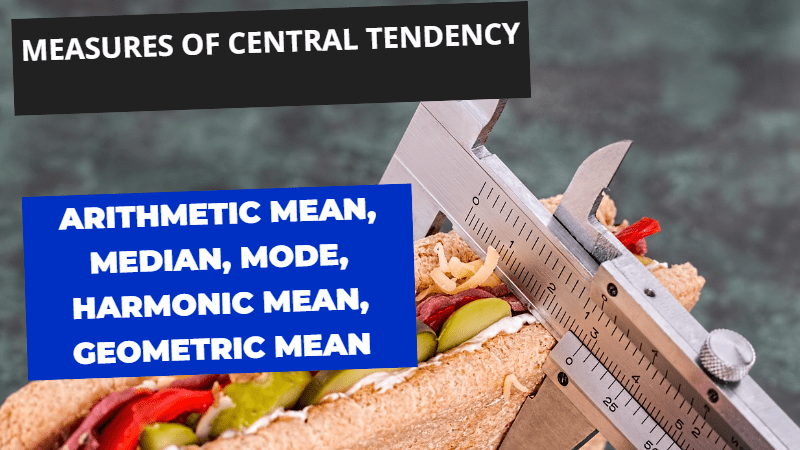In this blog post, I am going to discuss the paper of Business Statistics Solved Paper FBISE 2019 Annual ICOM II, MCQS, Short Questions, Extensive Questions, topics included are Introduction to Statistics, Averages, Index Numbers, Probability. Solved paper of Business Statistics Paper 2012 & solved paper of Business Statistics 2013, Business Statistics 2015, Business Statistics 2016, Business Statistics 2016 Supplementary, Business Statistics 2017, Business Statistics 2017 2nd Annual, Business Statistics 2018, Business Statistics 2018 2nd Annual are already published on the website. Stay Connected for other boards solutions such as BISELHR, BISERWP etc.
Table of Contents
Business Statistics Solved Paper FBISE 2019 Annual ICOM II, MCQS, Short Questions, Extensive Questions
Solved by Iftikhar Ali, M.Sc Economics, M.Com Finance Lecture Statistics, Finance & Accounting
MCQS
| Q.1 Circle the Correct Option i.e. A/B/C/D. Each Part Carries 1 Mark. | |||||
| (i) | A small representative part of population is called: | ||||
| A. Primary Data | B. Secondary Data | C. Sample | D. Parameter | ||
| (ii) | Any phenomenon which is not measurable is called: | ||||
| A. Variable | B. Constant | C. Attribute | D. Sample | ||
| (iii) | Data obtained by internet sources are: | ||||
| A. Raw Data | B. Secondary Data | C. Private Data | D. Primary Data | ||
| (iv) | Graph of frequency distribution is known as: | ||||
| A. Ogive | B. 𝐻𝑖𝑠𝑡𝑜𝑔𝑟𝑎𝑚 | C. Pie Chart | D. Historigram | ||
| (v) | In symmetrical distribution mean, median and mode are always: | ||||
| A. Negative | B. Zero | C. Different | D. Equal | ||
| (vi) | If mean of 10 observations is 20, then their sum will be equal to: | ||||
| A. 200 | B. 20 | C. 2 | D. 0.5 | ||
| (vii) | If Y = -75 -25X and X̄ =3then Ȳ=? | ||||
| A. 150 | B. -150 | C. 25 | D. 0 | ||
| (viii) | Fisher’s Index Number is called______index number: | ||||
| A. Bogus | B. Normal | C. Ideal | D. CPI | ||
| (ix) | Index for base period is: | ||||
| A. 1 | B. Fix | C. 100 | D. More Than 100 | ||
| (x) | When two dice are rolled then total number of possible outcomes will be: | ||||
| A. 2 | B. 12 | C. 4 | D. 36 | ||
Short Questions
SECTION-B (Marks 24)
Q.2 Attempt any eight parts. The answer to each part should not exceed 3 to 4 lines. (8 x 3 = 24)
(i) Write any three limitations of statistics.
Answer:
(1) Statistics laws are true on average. Statistics are aggregates of facts. So single observation is not a statistics, it deals with groups and aggregates only.
(2) Statistical methods are best applicable on quantitative data.
(3) Statistical cannot be applied to heterogeneous data.
(4) It sufficient care is not exercised in collecting, analyzing and interpretation the data, statistical results might be misleading.
(5) Only a person who has an expert knowledge of statistics can handle statistical data efficiently.
(ii) Name any three sources of primary data.
Answer
- Direct Personal Investigation
- Indirect Investigation
- Local Source
- Questionnaire Method
- Registration
- Questionnaire by Post
- Through Enumerators
- Through Telephone
(iii) Differentiate between grouped and ungrouped data.
Answer
First hand, newly collected, ungrouped data is called primary data or data which is not collected by someone previously is called primary data.
Second hand, previously collected, grouped data is called secondary data or data which is collected by someone previously is called secondary data.
(iv) Define classification and tabulation.
Answer
The process of classifying data into groups is called classification whereas to present data in the form of table or to present into rows and columns is called tabulation.
(v) Arithmetic mean of 20 values is 25. By adding 4 more values the mean become 30. Find 4 values if the ratio between four values are 1:2:3:4
Answer
![]()
![]()
![]()
![]()
![]()
![]()
Sum of four added values = 720 – 500 = 220
Ratio of four values = 1:2:3:4
Sum of ratios = 1+2+3+4=10
![]()
![]()
![]()
![]()
(vi) Given X = 60 +2U, ∑U=40, n = 20. Find mean.
Answer
![]()
![]()
(vii) Given L=62, h =11, f=22, n=80 and C = 32. Find Median.
Solution
![]()
![]()
(viii) Given ∑(X-10) = 2.8, n = 5. Calculate arithmetic mean.
Solution
![]()
(ix) Given
![]()
Solution
![]()
![]()
![]()
![]()
![]()
![]()
![]()
(x) Distinguish between simple & composite index number.
Answer
In simple Index, the price or quantity is related to only one product whereas in composite, more than one product is taken.
(xi) Solve the following:
![Rendered by QuickLaTeX.com \[ \left( \mathbf{a} \right)\begin{pmatrix} \mathbf{5} \\ \mathbf{P} \\ \mathbf{3} \\ \end{pmatrix}\mathbf{\ }\left( \mathbf{b} \right)\begin{pmatrix} \mathbf{4} \\ \mathbf{C} \\ \mathbf{2} \\ \end{pmatrix}\ \]](https://bcfeducation.com/wp-content/ql-cache/quicklatex.com-2b7ef5b24b673d973933664206e829c2_l3.png)
Solution
![]()
![]()
Extensive Questions
Section C (Marks 16)
Note: Attempt any two questions. All questions carry equal marks. (2×8=16)
Q.3 The weights of the 40 male students at a college are given in following frequency table:
| Weight | 118–126 | 127–135 | 136–144 | 145–153 | 154–162 | 163–171 | 172–180 |
| Frequency | 3 | 5 | 9 | 12 | 5 | 4 | 2 |
Calculate mean and mode
Solution
| Marks | f | Class Boundaries | X | fX |
| 118–126 | 3 | 117.5—126.5 | 122 | 366 |
| 127–135 | 5 | 126.5—135.5 | 131 | 655 |
| 136–144 | 9 | 135.5—144.5 | 140 | 1260 |
| 145–153 | 12 | 144.5—153.5 | 149 | 1788 |
| 154–162 | 5 | 153.5—162.5 | 158 | 790 |
| 163–171 | 4 | 162.5—171.5 | 167 | 668 |
| 172–180 | 2 | 171.5—180.5 | 176 | 352 |
| Sum | 40 | 5879 | ||
| ∑f= | ∑fX= |
![]()
![]()
![]()
![]()
Q.4 Construct Price Index number for year 2000 on the basis of year 1990 using.
(i) Base year weighted
(ii) Current year weighted
| Items | 1990 | 2000 | ||
| Price | Quantity | Price | Quantity | |
| A | 3 | 70 | 4 | 75 |
| B | 5 | 80 | 6 | 90 |
| C | 8 | 40 | 10 | 55 |
| D | 10 | 50 | 12 | 60 |
Solution
| Article | 1990 | 2000 | ||||||
| Price (Po) | Quantity (qo) | Price (P1) | Quantity (q1) | poqo | p1qo | p1q1 | poq1 | |
| A | 3 | 70 | 4 | 75 | 210 | 280 | 300 | 225 |
| B | 5 | 80 | 6 | 90 | 400 | 480 | 540 | 450 |
| C | 8 | 40 | 10 | 55 | 320 | 400 | 550 | 440 |
| D | 10 | 50 | 12 | 60 | 500 | 600 | 720 | 600 |
| Sum | 1430 | 1760 | 2110 | 1715 | ||||
| ∑poqo = | ∑p1qo = | ∑p1q1 = | ∑poq1 = | |||||
![]()
![]()
![]()
![]()
Q.5 If a die is rolled one time, find these probabilities:
(i) Of getting a 4
(ii) Of getting a number less than 7
(iii) Of getting a number greater than 3 or an odd number
(iv) Of getting a number greater than 3 and an odd number
Solution
![]()
All possible outcomes = 1, 2, 3, 4, 5, 6
Events
![]()
![]()
![]()
![]()
Probabilities
![]()
![]()
![]()
![]()
You may also interested in the following:
- Business Statistics Solved Paper FBISE 2012 ICOM II, MCQS, Short Questions, Extensive Questions
- Business Statistics Solved Paper FBISE 2013 ICOM II, MCQS, Short Questions, Extensive Questions
- Business Statistics Solved Paper FBISE 2015 ICOM II, MCQS, Short Questions, Extensive Questions
- Business Statistics Solved Paper FBISE 2016 ICOM II, MCQS, Short Questions, Extensive Questions
- Business Statistics Solved Paper FBISE 2016 2nd Annual ICOM II, MCQS, Short Questions, Extensive Questions






